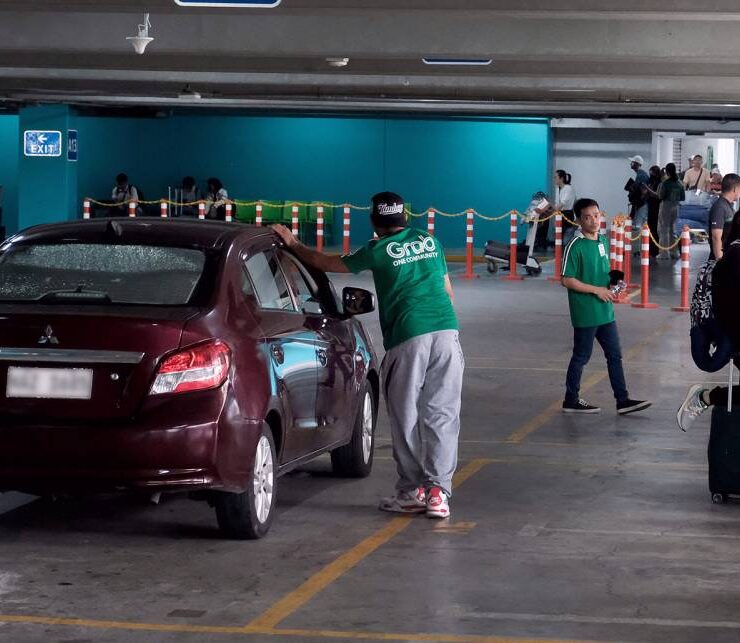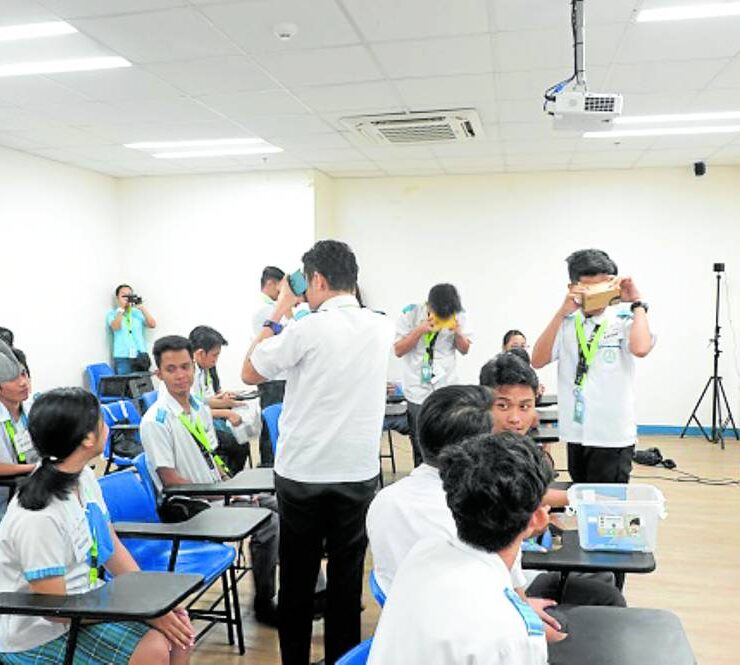Probe election glitches

At this point, it’s all over but the proclamations for national positions. By late Tuesday night, Filipino voters eagerly awaiting the results of the 2025 midterm elections went to their beds already armed with reasonable certainty as to who were going to be their next senators, representatives, and local officials. The speed of vote transmission, though still based on partial and unofficial tallies, appeared to be a repeat of the swifter-than-expected results of the May 2022 presidential election, giving people the assurance that they wouldn’t be looking at a messy, uncertain political landscape in the aftermath of the polls. Overall, according to the Philippine National Police, it was a “very peaceful” election.
And yet, before the Commission on Elections (Comelec) pops the champagne, breaks out into high fives, and dashes off the self-congratulatory statement over a generally successful electoral exercise, it should be the first to note that the day was also marked by a considerable number of problems and glitches.
The most common of these had to do with reports of malfunctioning automated counting machines (ACMs), which were said to be either rejecting ballots, or marking votes for candidates that voters hadn’t chosen, or spitting out inaccurate voting receipts.
‘Absolute transparency’
These mishaps caused delays and long queues in many precincts, tested people’s patience and stoked suspicion, and reaffirmed the impression that, despite the deployment of new technology promising a more modern and efficient process, Philippine elections still couldn’t get it right 100 percent. The new technology is courtesy of the South Korean firm Miru Systems Co. Ltd., which in March 2024 was contracted by the Comelec for P17.9 billion, to provide the automated system for the May 2025 elections.
Miru was the lone bidder for the procurement process meant to replace the long-controversial Smartmatic, whose vote counting machines (VCMs) became a feature in Philippine elections for over a decade once the country made the switch to automated elections in 2010. With Miru’s entry, the VCMs were replaced with ACMs that promised quicker, more secure, and more transparent results. The goal, said Comelec Chair George Garcia at the signing of the contract with Miru, was for “absolute transparency” in the May 2025 polls.
Invalidated ballots
That commitment to full clarity should now extend not only to the methods and outcome of the voting, but also to the debut performance of Miru. The Comelec must demand explanation, first of all, for the high number of malfunctioning machines recorded—President Marcos himself was a victim of one, unable to insert his ballot successfully on his first try—as well as other hitches. Around 300 defective ACMs had to be replaced by the Comelec on Election Day, while the bulk of complaints received by election watchdogs Kontra Daya and Report PH as of 7 p.m. Monday—51.2 percent, or 693 of 1,362 reported incidents—had to do with “ACM errors” such as paper jams or rejected ballots.
Bafflingly, one of the most widespread concerns involved the seemingly negligible matter of smudged ink (from the thumbmark voters had to affix on the voters’ list before they were given the official ballot) that inadvertently invalidated ballots because of “overvoting.”
A team of international election observers reported that these glitches resulted in “severe voter disenfranchisement.” “These aren’t just technical glitches, we are seeing failures that are disenfranchising thousands of Filipinos at a critical democratic moment,” International Observer Mission commissioner Lee Rhiannon said in a statement on Tuesday.
Patchy performance
Because of the patchy performance of Miru’s system and the late transmission of results in some places, civic groups like the Alliance of Concerned Teachers have expressed doubt about the integrity of the 2025 elections. Such sentiment cannot be summarily ignored, since teachers and education personnel were at the polling front lines, becoming direct witnesses to how the new system unfolded. The Department of Education’s Election Task Force data on Monday night, for instance, showed at least 346 incidents of election mishaps nationwide—numbers and circumstances the Comelec cannot shrug off, but must duly and promptly explain to the electorate.
If the poll body fails in providing a thorough and honest post-performance assessment of Miru, then Congress must step in to do the required oversight. This action is critical not only because Miru is a new technology provider entrusted with the sacred task of ensuring that every vote is counted. More to the point, the 2025 polls are essentially a rehearsal, a dry run for the hugely consequential 2028 presidential election just three years down the line, which Miru and the Comelec cannot mess up with yet more avoidable glitches and problems. The 2028 elections should be a much-improved and more orderly exercise—if we learn from the setbacks of 2025.





















